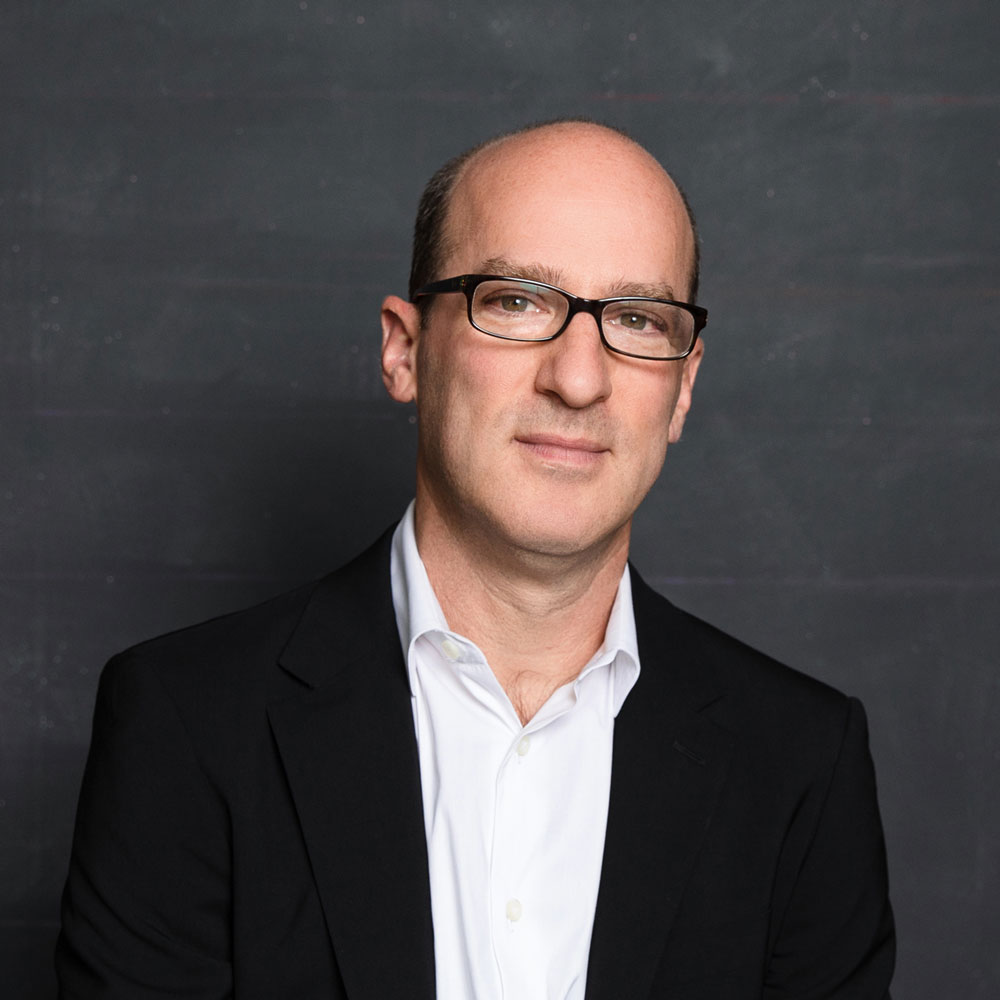by: AIA New York
As Principal of Architecture Research Office (ARO), a 30-person firm based in New York City, Stephen Cassell, FAIA, grounds his work firmly in research. With deep attunement to client mission, intellectual rigor, and material sensuality, he carefully crafts architecture to provide enduring beauty with a broader sense of purpose. ARO’s diverse body of work—spanning strategic planning, architecture and urban design—has earned the firm over a hundred design awards including the 2018 AIA New York State Firm of the Year Award and the Smithsonian Cooper-Hewitt 2011 National Design Award. Cassell holds an undergraduate degree in architecture from Princeton University and received his Master of Architecture from the Harvard Graduate School of Design. He is Adjunct Associate Professor at Columbia University GSAPP and is the former Chair of the Board of the Van Alen Institute.
The Jury of Fellows of the AIA elevated Cassell to the College of Fellows in the first category of Fellowship, which recognizes architects who have “Promoted the aesthetic, scientific, and practical efficiency of the profession,” according to the organization’s definition. Cassell was recognized at the New Fellows Reception hosted by AIA New York and will be further celebrated at an investiture ceremony at the AIA Conference on Architecture.
Q: How did you decide to pursue architecture?
A: I was originally focused on studying molecular biology. I had always been interested in craft and making things by hand. When I stumbled into a design class my freshman year in college, I realized architecture had both: the complex systems of science and the craft of building. The field united two things that I loved and continues to bring me joy every day.
Q: What are some of your favorite recent projects that you’ve worked on?
A: Our project to restore the Rothko Chapel and create a new campus for the institution is an extraordinary opportunity that demands a focus on both the past and the future. Working on the Chapel restoration in the presence of Mark Rothko’s fourteen monumental panels has been incredibly moving. Gaining a deeper understanding of the Chapel as an institution committed to important social justice missions has been enlightening. We designed the project to balance a renewed introspective and awe-inspiring visitor experience of the chapel itself with an amplification of their resonant mission of outreach and social justice.
Q: What do you see as an architect’s role—and responsibility—within our culture?
A: In each project, our role as architects is really to be advocates for our clients through design, translating their goals and ideals into buildings. At Architecture Research Office we believe that architecture is understood directly through use and experience.
Q: What do you think are the biggest challenges, or opportunities, facing cities today?
A: While “resiliency” is an overused word, in the face of urban climate change it is interconnected with economics and equity. Whether that’s designing ecological infrastructure to address climate change, urban planning for economic development, mixed-use projects that offer public school education and affordable housing, or reducing the carbon footprint of each project—resilient design should provide enduring economic, environmental, and social benefit to urban neighborhoods.
Q: What are your greatest sources of inspiration?
A: Our clients are the most immediate source of inspiration. At ARO we’ve always looked for compelling clients with interesting missions to translate through architecture. Whether the client is an individual or an institution, our process begins with delving into the client’s mission, history, and culture to understand who they are. Our goal is to design spaces that represent and support their values, whether it is an LGBTQ synagogue, a new campus for the Rothko Chapel, or a 500-square-foot U.S. Armed Forces Recruiting Station.
Editors’ Note: This feature is part of a series celebrating the members of the American Institute of Architects (AIA) New York Chapter who are elevated each year to the AIA College of Fellows, an honor awarded to members who have made significant contributions to both the profession and society. Learn more about Fellowship here.













